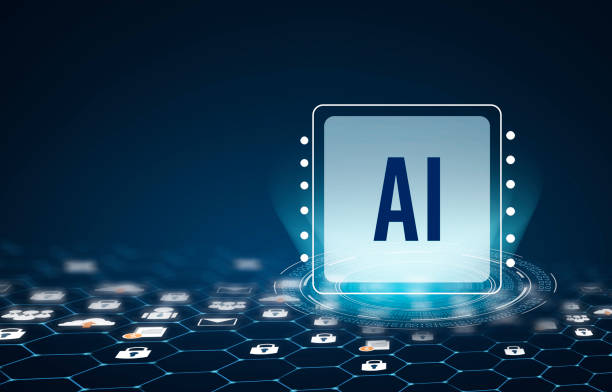Introduction to AI Robots: Definition, History, and Applications
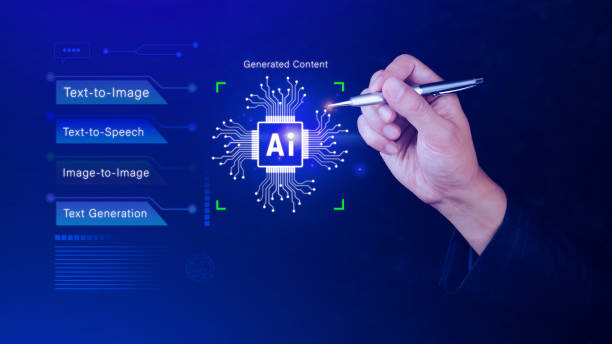
In this chapter, we comprehensively explore AI robots.
First, we provide a precise definition of an AI robot and introduce its main components.
Then, we delve into the history of this technology’s evolution from its inception to the present day, highlighting its significant milestones.
Finally, we examine the diverse applications of AI robots in various industries, including healthcare, manufacturing, customer service, and education.
#Artificial_Intelligence (AI) is a vast and complex field, but in this article, we will strive to present key concepts in simple and understandable language for all audiences.
An AI robot is a computer system or machine capable of performing tasks that typically require human intelligence.
These tasks include learning, reasoning, problem-solving, understanding natural language, and recognizing patterns.
Artificial intelligence allows AI robots to interact with their environment and make decisions that help them achieve their goals.
AI robots exist in various forms, including physical robots that work in factories or warehouses, and software robots (chatbots) that provide services to customers on websites or mobile applications.
AI robots can operate independently or with human assistance.
AI robots have the potential to change our lives in various ways.
They can help us with daily tasks, provide better services, and even help solve major global problems such as climate change and diseases.
Does your current company website not reflect your brand’s credibility and power as it should? RasawWeb solves this challenge for you with professional corporate website design.
✅ Increase visitor credibility and trust
✅ Targeted attraction of more customers
⚡ Click to receive a free consultation!
Main Components of an AI Robot: Hardware and Software
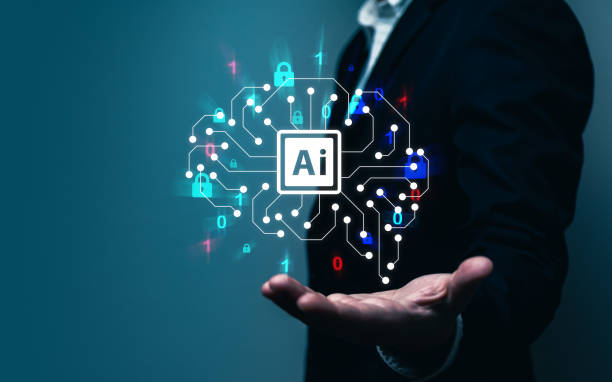
In this chapter, we examine the main components of an AI robot from a hardware and software perspective.
We introduce sensors, processors, actuators, and other hardware components essential for data collection, information processing, and physical actions.
We also explore AI algorithms, machine learning models, and other software that enable AI robots to learn, reason, and make decisions.
Specifically, we delve into the role of deep learning and neural networks in empowering AI robots.
The hardware of an AI robot includes physical components that enable the robot to interact with its environment.
These components include:
- Sensors Sensors are used to collect information from the surrounding environment.
- Processors Processors are used to process information collected by sensors.
- Actuators Actuators are used to perform physical actions.
The software of an AI robot includes algorithms and models that enable the robot to learn, reason, and make decisions.
This software includes:
- AI Algorithms AI algorithms are a set of instructions that tell the robot how to perform its tasks.
- Machine Learning Models Machine learning models allow the robot to learn from data and improve its performance.
The interaction of these two parts, hardware and software, enables the AI robot to perform complex tasks and communicate effectively with its surroundings.
The AI robot strives to become a powerful tool at humanity’s service with this intelligent combination.
Machine Learning and Its Role in AI Robot Development

In this chapter, we explore the vital role of machine learning in the development of AI robots.
We explain key machine learning concepts, including supervised learning, unsupervised learning, and reinforcement learning.
We also examine how machine learning algorithms are used to train AI robots to perform various tasks, such as image recognition, natural language processing, and motion control.
We provide examples of practical applications of machine learning in AI robots.
Machine Learning is a branch of artificial intelligence that allows computer systems to learn from data without being explicitly programmed.
In the field of robotics, machine learning plays a crucial role as it enables robots to adapt to their environment, perform complex tasks, and continuously improve their performance.
In summary, machine learning helps robots become smarter, more flexible, and more efficient.
This leads to the development of more advanced AI robots that can be used in a wide range of applications.
The following table compares the main types of machine learning:
| Learning Type | Description | Example |
|---|---|---|
| Supervised Learning | The robot is trained using labeled data. | Image recognition, face detection |
| Unsupervised Learning | The robot is trained using unlabeled data. | Customer clustering, anomaly detection |
| Reinforcement Learning | The robot is trained by performing actions and receiving rewards or penalties. | Gaming, autonomous driving |
Natural Language Processing and Human-Robot Interaction
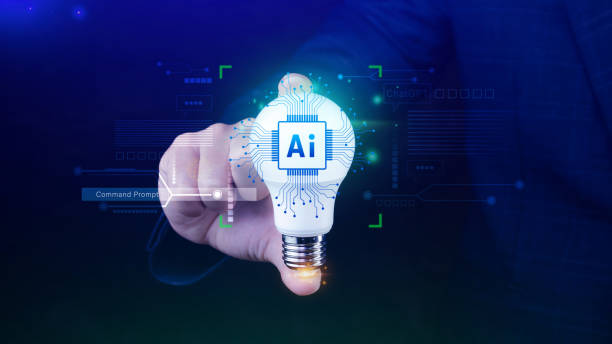
This chapter examines the role of Natural Language Processing (NLP) in human-robot interaction.
We explain key NLP concepts, including Natural Language Understanding (NLU) and Natural Language Generation (NLG).
We also explore how NLP is used to create AI robots that can understand human language, answer questions, and execute commands.
We provide examples of practical NLP applications in AI robots, including chatbots, virtual assistants, and service robots.
Natural Language Processing is a field of artificial intelligence that gives computers the ability to understand, interpret, and generate human language.
In summary, NLP plays a crucial role in creating natural and effective interactions between humans and machines.
This technology enables AI robots to respond to user needs, perform complex tasks, and generally act as intelligent and efficient assistants.
AI robots, with NLP capabilities, can bridge the gap between the human and machine worlds and help facilitate our lives.
Utilizing NLP technology allows for better services to be provided
Did you know that a weak corporate website loses you many opportunities daily? Solve this problem forever with professional corporate website design by RasawWeb!
✅ Create a powerful and trustworthy image for your brand
✅ Attract targeted new customers and increase sales
⚡ [Receive Free Website Design Consultation]
Sensors and Machine Vision in AI Robots
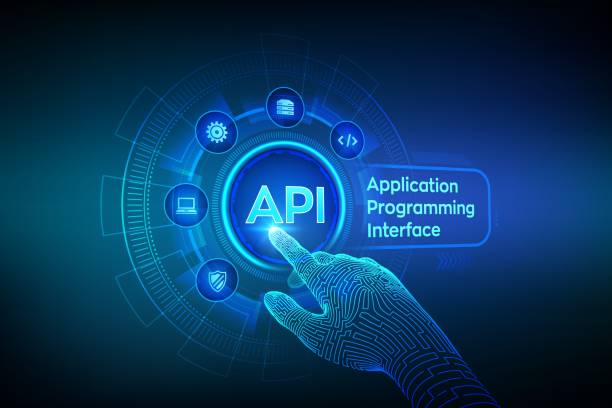
In this chapter, we explore the role of sensors and machine vision in AI robots.
We introduce various types of sensors, including cameras, lidars, radars, and tactile sensors, and explain how they are used to collect information from the surrounding environment.
We also examine how machine vision is used to process images and videos, detect objects, and understand scenes.
We provide examples of practical applications of sensors and machine vision in AI robots, including autonomous robots, industrial robots, and security robots.
Sensors and machine vision are two key technologies that enable AI robots to understand their surroundings and interact effectively with them.
In summary, sensors and machine vision play a crucial role in empowering AI robots to perform complex and automated tasks.
These technologies enable robots to operate autonomously, make informed decisions, and be used in a wide range of applications.
AI robots, with the help of these technologies, are able to better understand their environment and perform tasks more optimally.
Actuators and Motion Systems in AI Robots
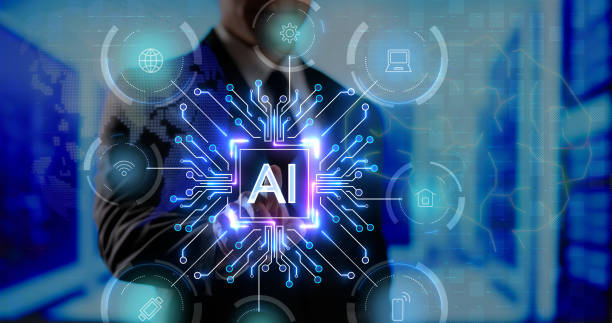
This chapter examines the role of actuators and motion systems in AI robots.
We introduce various types of actuators, including motors, cylinders, and pumps, and explain how they are used to create movement in robots.
We also explore different types of motion systems, including wheels, legs, and arms, and discuss the advantages and disadvantages of each.
We provide examples of practical applications of actuators and motion systems in AI robots, including industrial robots, exploration robots, and surgical robots.
Actuators and motion systems are essential components of AI robots that enable them to move and perform physical tasks.
In summary, actuators and motion systems play a crucial role in empowering AI robots to perform physical tasks and interact with their surroundings.
These technologies enable robots to be used in a wide range of applications and help improve the quality of human life.
AI robots, through these components, can change the world around them and achieve their goals.
Applications of AI Robots in Various Industries

In this chapter, we explore the diverse applications of AI robots in various industries.
We discuss the applications of AI robots in manufacturing, healthcare, customer service, education, agriculture, and transportation.
We provide examples of practical applications of AI robots in each industry and examine the advantages and disadvantages of using them.
AI robots are revolutionizing various industries, helping to improve efficiency, reduce costs, and increase safety.
In summary, AI robots have the potential to reshape various industries and can help solve major global problems.
With technological advancements, the applications of AI robots are expected to become wider and more diverse in the future.
The following table illustrates the applications of AI robots in various industries:
| Industry | Applications | Example |
|---|---|---|
| Manufacturing | Production line automation, quality inspection, material handling | Welding robots, packaging robots |
| Healthcare | Robotic surgery, nursing, disease diagnosis | Surgical robots, drug delivery robots |
| Customer Service | Chatbots, answering questions, providing after-sales services | Website response robots, telephone robots |
Challenges and Limitations of AI Robots
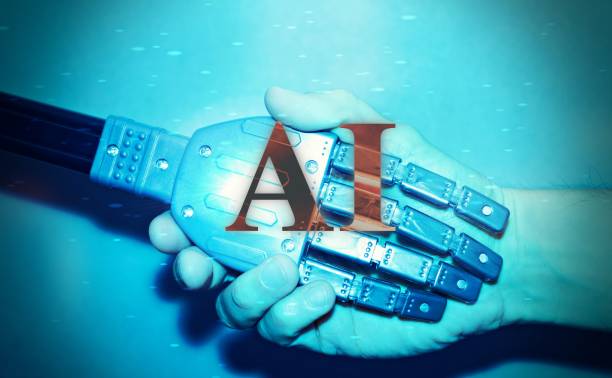
In this chapter, we address the challenges and limitations of AI robots.
We discuss issues related to cybersecurity, privacy, and ethics.
We also examine the technical limitations of AI robots, including data dependency, lack of generalization, and insufficient creativity.
We discuss potential solutions to overcome these challenges and limitations.
Despite their vast potential, AI robots face challenges and limitations that need to be considered.
In summary, overcoming the challenges and limitations of AI robots requires collaborative efforts from researchers, policymakers, and industry experts.
By addressing these issues, we can fully harness the benefits of AI robots and prevent their potential risks.
AI robots require attention to these challenges for sustainable and responsible development.
Did you know that 85% of customers check your company’s website before any interaction?
With RasawWeb, build a corporate website that truly reflects your credibility.
✅ Increase customer credibility and trust
✅ Attract high-quality leads
⚡ Receive Free Website Design Consultation
The Future of AI Robots: What Should We Expect?

In this chapter, we explore the future of AI robots.
We discuss predictions and potential trends in the development of AI robots.
We examine the impact of AI robots on society and the economy.
Additionally, we discuss the role of humans in a future world shaped by AI robots.
The future of AI robots is bright and full of opportunities.
With technological advancements, robots are expected to become smarter, more capable, and more versatile.
They can help solve major global problems, improve the quality of human life, and contribute to creating a better future for all.
In summary, the future of AI robots requires critical thinking, careful planning, and global cooperation.
By considering these factors, we can fully harness the benefits of AI robots and prevent their potential risks.
AI robots, with their infinite potential, can create an amazing future for us.
Important Tips for Choosing and Using AI Robots
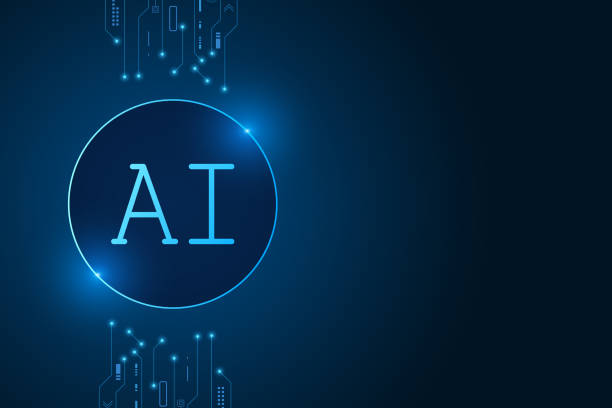
In this chapter, we provide important tips for choosing and using AI robots.
We discuss factors to consider when selecting an AI robot.
We also examine best practices for using AI robots to achieve desired goals.
We offer recommendations for safety and security in the use of AI robots.
The correct selection and use of AI robots is key to success in leveraging this powerful technology.
In summary, by following these tips, you can use AI robots effectively and safely and benefit from their advantages.
AI robots are powerful tools, but their correct use requires knowledge and awareness.
Frequently Asked Questions
| Question | Answer |
|---|---|
| What is an AI robot? | An AI Robot is a machine capable of perceiving its environment, reasoning, learning, and making decisions to perform tasks autonomously. |
| What is the difference between ordinary robots and AI robots? | Ordinary robots perform repetitive tasks based on prior programming, whereas AI robots can learn from experience, interact dynamically with their environment, and even behave in ways that resemble human intelligence. |
| What are the main applications of AI robots? | They are used in industries (manufacturing, assembly), medicine (surgery, diagnosis), services (customer support, domestic), exploration (space, underwater), and many other fields. |
| What technologies are used in building AI robots? | Machine Learning, Computer Vision, Natural Language Processing, Deep Learning, and Robotics are among the key technologies. |
| Can AI robots have emotions? | Currently, robots do not possess emotions in the human sense. They can identify and react to emotions, but they do not experience emotions themselves. |
| What are the main challenges in developing AI robots? | Safety, reliability, ethics, autonomy, adaptability to complex environments, and natural human interaction are important challenges. |
| How are AI robots trained? | They are typically trained using large volumes of data, machine learning algorithms, and deep learning to identify patterns and make decisions. |
| Examples of AI robots in daily life? | Smart robotic vacuum cleaners, customer support chatbots, self-driving cars, and surgical robots in hospitals. |
| Are AI robots a threat to human jobs? | Some repetitive jobs may become automated, but at the same time, robots can increase productivity and create new jobs in the development, maintenance, and supervision of these systems. |
| How is the future of AI robots predicted? | They are expected to become smarter, more autonomous, and capable of performing more complex tasks, engaging in closer interaction with humans in various environments. |
And other services of RasawWeb Advertising Agency in the field of advertising
Smart UI/UX: A new service to increase customer attraction through SEO-driven content strategy.
Smart Customer Journey Map: An innovative service to improve SEO ranking through user experience customization.
Smart Social Media: An effective tool for online growth with the help of Google Ads management.
Smart SEO: Professional optimization for online growth by optimizing key pages.
Smart Custom Software: A dedicated service for growth and sales increase based on key page optimization.
And over hundreds of other services in the field of internet advertising, advertising consultation, and organizational solutions
Internet Advertising | Advertising Strategy | Advertorials
Sources
What is Artificial Intelligence? – Comprehensive and Practical Article
Robotics and Artificial Intelligence | Comprehensive Introduction to Smart Robots
Artificial Intelligence | Applications, Types, History, and Future of AI
What is the Future of Artificial Intelligence in the World?
? To shine in the online space, you need a reliable partner. RasawWeb Afarin, a leading digital marketing agency, paves your path to digital success by offering comprehensive services including SEO, smart advertising, and personal website design. Contact us today and transform the future of your business!
📍 Tehran, Mirdamad Street, next to Bank Markazi, Southern Kazeroon Alley, Ramin Alley, No. 6

